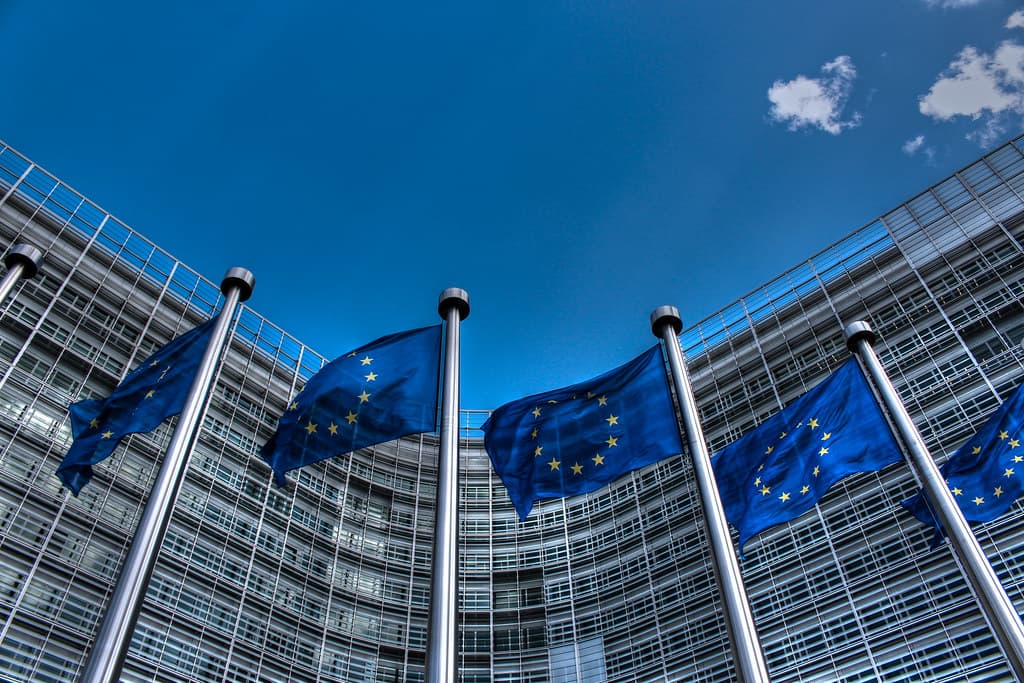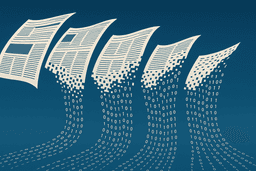
Media legislation that affects news publishers in 2024: EU press freedom
Democratic freedoms are declining while EU members are negotiating on the ways to guard the press
The Fix Newsletter
Everything you need to know about European media market every week in your inbox
7 articles • 0 Followers









